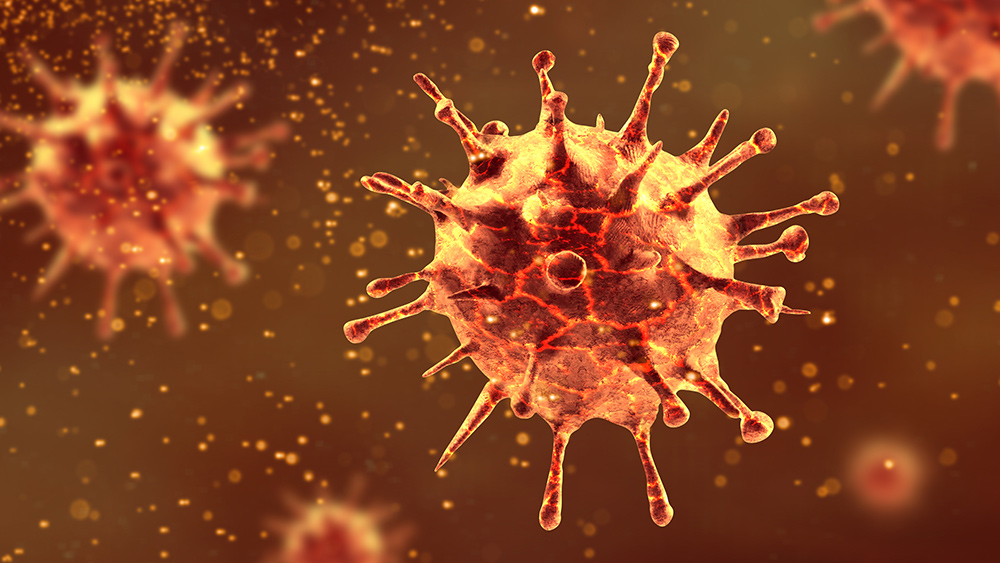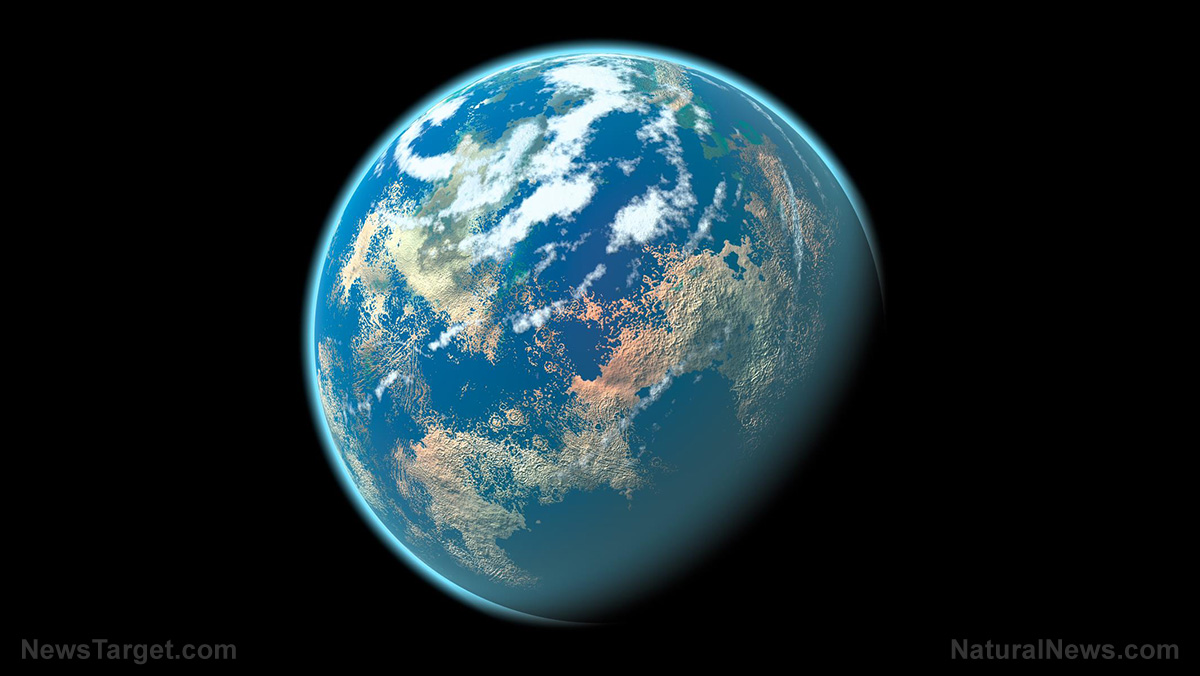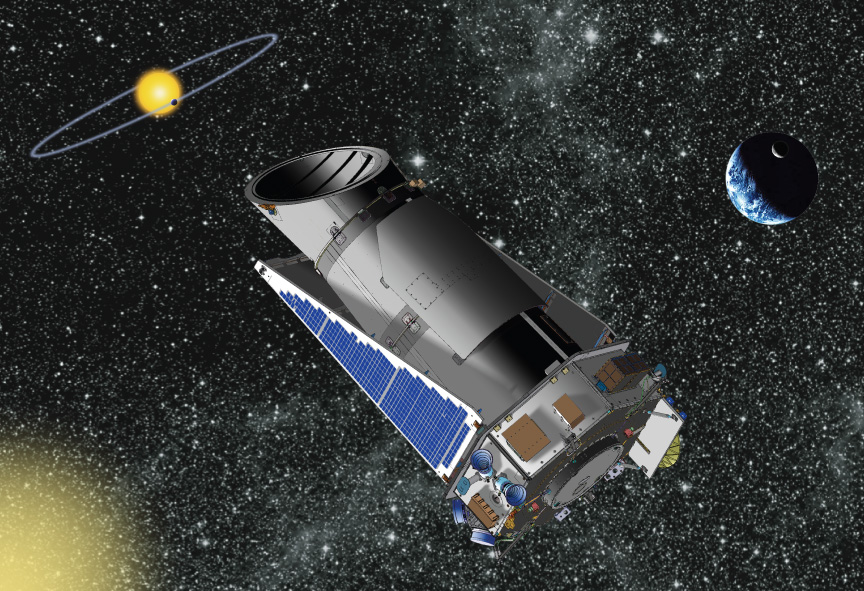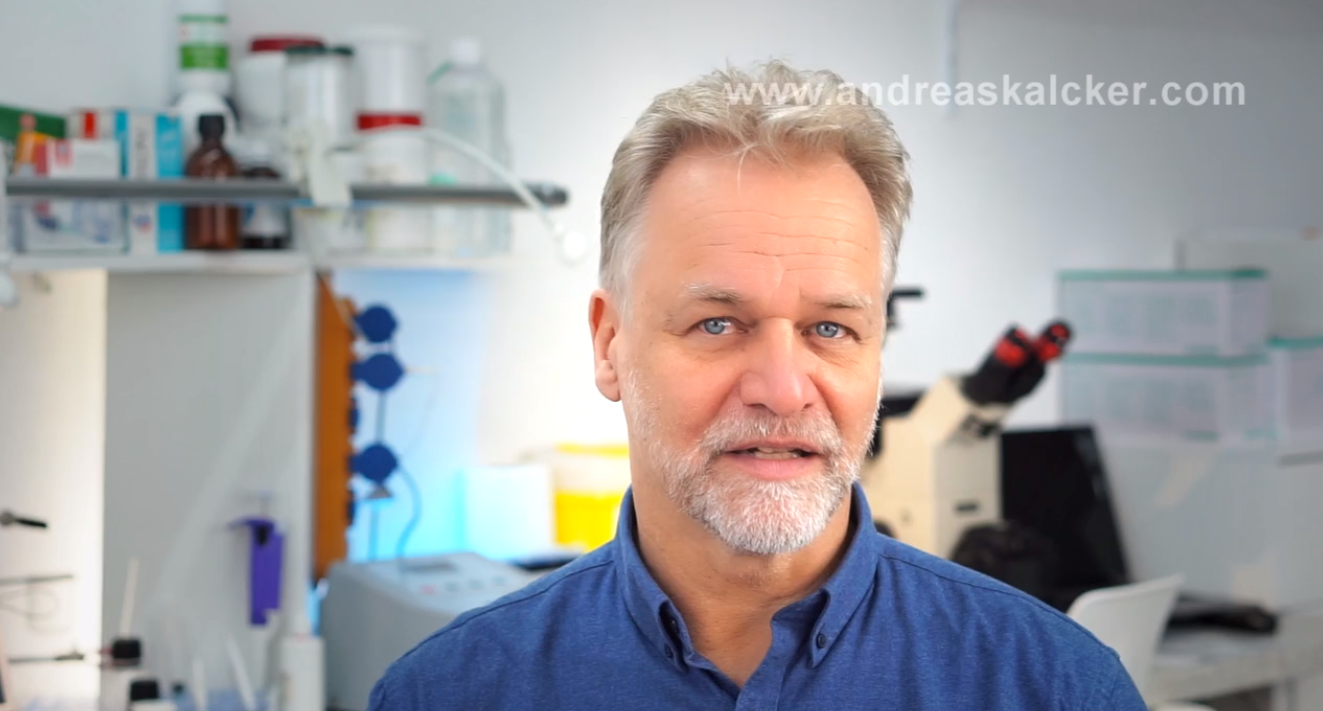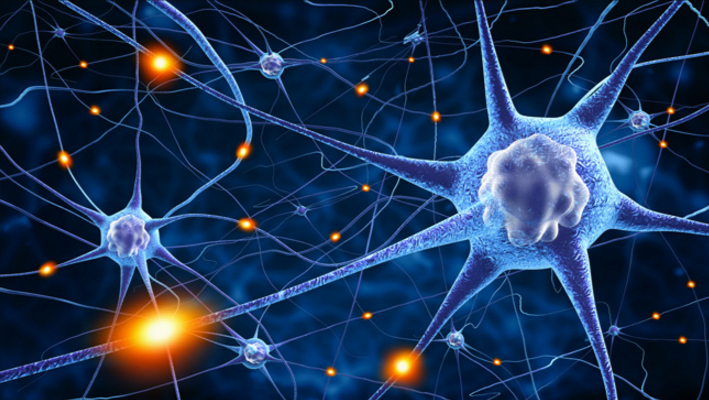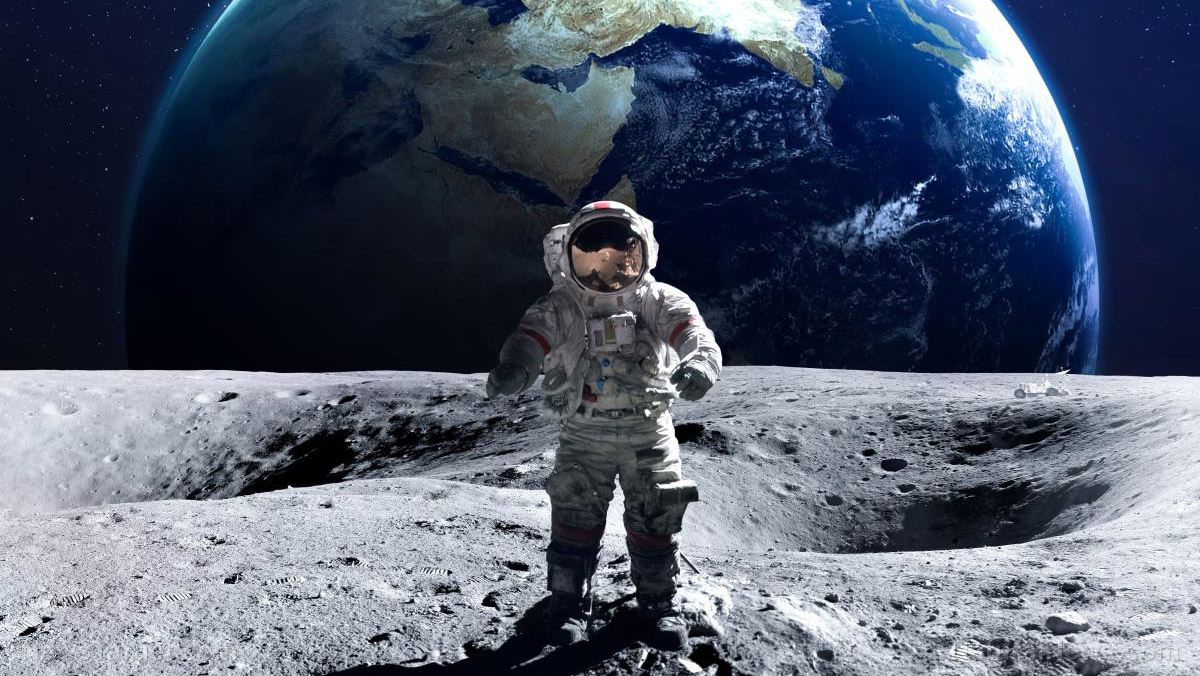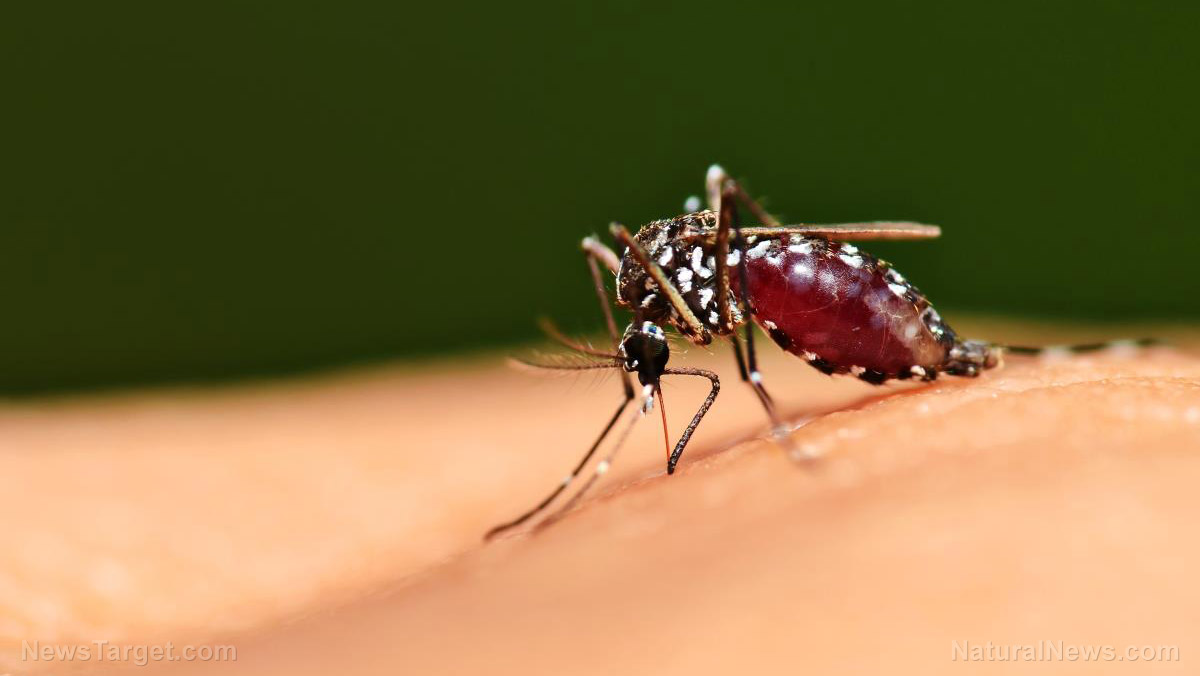Nearby “super-Earth” exoplanet could support life, suggest scientists
05/17/2020 / By Arsenio Toledo
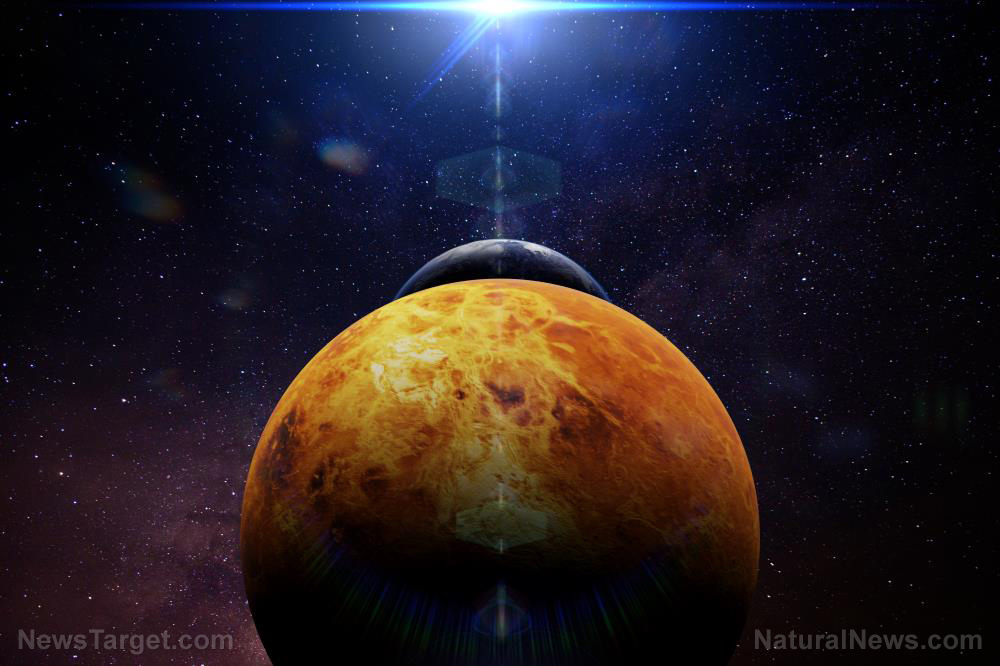
Astronomers have found an exoplanet – a planet located outside of the Solar System – that they believe may be capable of supporting life.
An international group of astronomers made the discovery with the help of NASA’s Transiting Exoplanet Survey Satellite (TESS). Dubbed a “super-Earth,” the exoplanet was found in the Hydra constellation, about 31 light-years from Earth. Officially called GJ 357 d, this super-Earth is believed to be about twice the size of Earth and around six times that of Earth’s mass.
While further research is needed, scientists believe that GJ 357 d may have liquid water on its surface because it is located right at the outer edge of its star’s “habitable zone,” or the area around a star wherein conditions are just right for liquid water to exist. This means that the super-Earth may be able to support life.
GJ 357 d may have enough heat to keep water in its liquid form
GJ 357 d was found, along with two other planets, orbiting a dwarf star: GJ 357. The star is around a third the size and mass of the Sun and is 40 percent cooler. During TESS’s observations of the star, the light coming from it dimmed slightly every 3.9 days, which gave researchers a clue that an exoplanet may be blocking the light shining from it.
Continued observations of GJ 357 d showed that its orbit is around one-fifth of the Earth’s orbit around the Sun, and it completes a rotation around its star every 55.7 days.
Furthermore, GJ 357 d receives around the same amount of stellar energy from its star as Mars does from the Sun. If the super-Earth has a dense atmosphere, then it can possibly trap enough heat in the planet to warm it enough and allow for water to remain in its liquid state on its surface. This is according to Diana Kossakowski, co-author of the study that discovered the exoplanet and researcher at the Max Planck Institute for Astronomy.
However, Kossakowski admits that more research needs to be conducted. Astronomers need to take additional measurements of GJ 357 d to better understand the composition of the exoplanet’s atmosphere.
TESS spent a month looking at GJ 357 looking for signs of its super-Earth; however, Kossakowski and her colleagues were unable to spot it using the telescope. Instead, they had to rely on decades-old astronomical data for signatures that confirmed its existence.
GJ 357 d isn’t alone in its planetary system
GJ 357 d was not alone; it was discovered along with two other exoplanets, named GJ 357 b and GJ 357 c. (Related: The search for Earth II: Three new French telescopes are searching the stars for another planet like ours.)
Upon the discovery of the exoplanets, astronomers first turned their attention to GJ 357 b, an exoplanet described as a “hot Earth” whose orbit is 11 times closer to its host star than Mercury’s orbit is to the Sun. The researchers further believe that the planet is around 22 percent larger than Earth and may have a surface temperature of 490 F.
The second planet, GJ 357 c, which sits in the middle of the planetary system, has a surface temperature of around 260 F and is at least 3.4 times that of Earth’s mass.
While the super-Earth’s neighbors may be too hot to host life, there is still a chance that GJ 357 d is one that humanity can explore in the far future.
“If GJ 357 d were to show signs of life,” said lead researcher Lisa Kaltenegger of Cornell University, “it would be at the top of everyone’s travel list – and we could answer a 1,000 year old question on whether we are alone in the cosmos.”
Sources include:
Tagged Under: alien life, aliens, cosmic, cosmos, discoveries, Earth, exoplanet, GJ 357 d, habitable planet, habitable zone, planets, research, Space, space exploration, sun, super-Earth
RECENT NEWS & ARTICLES
COPYRIGHT © 2017 DISCOVERIES NEWS




